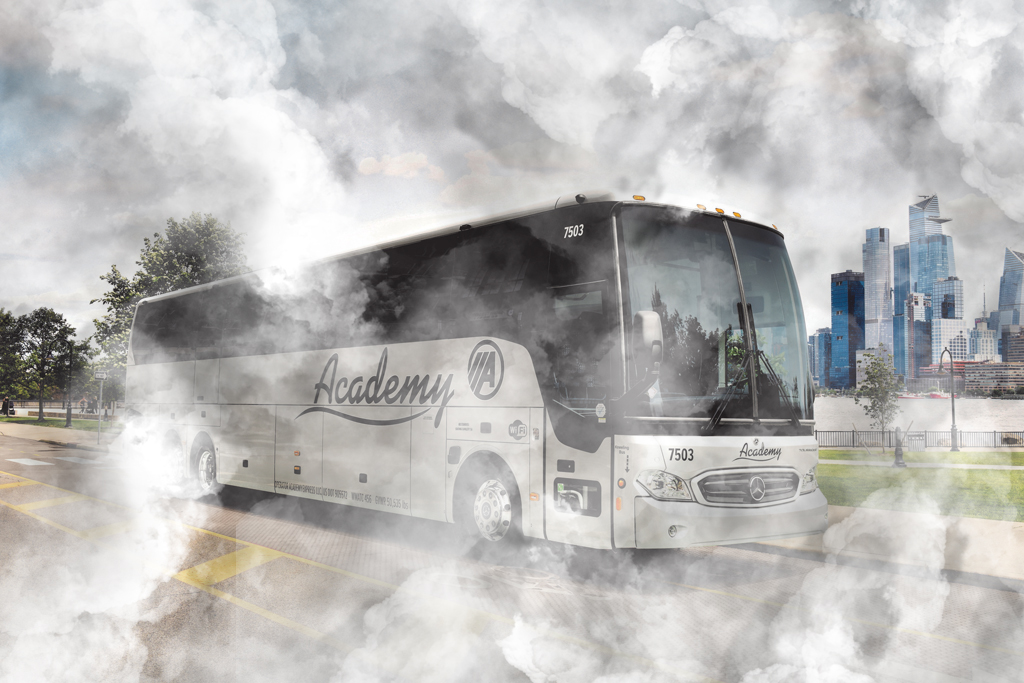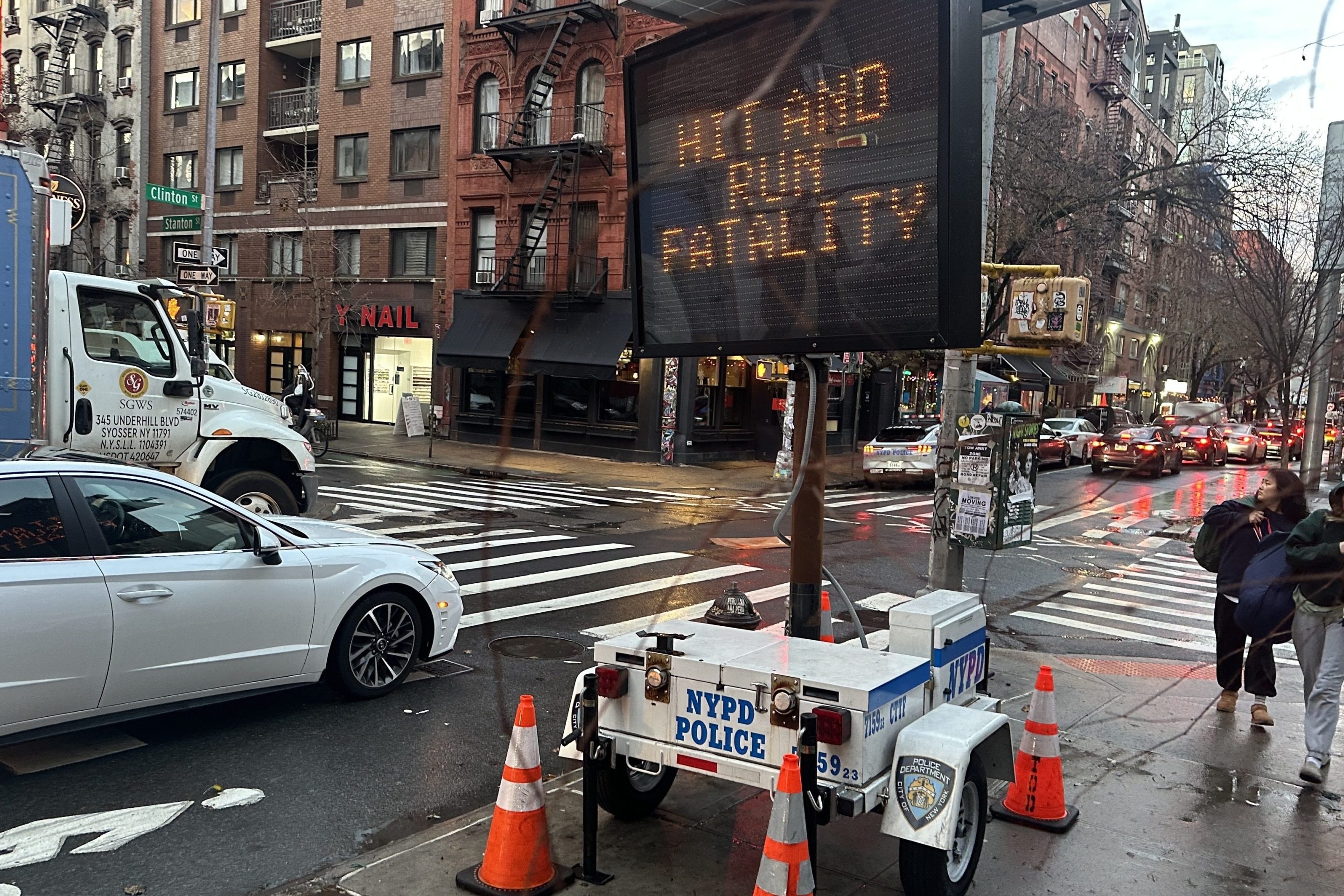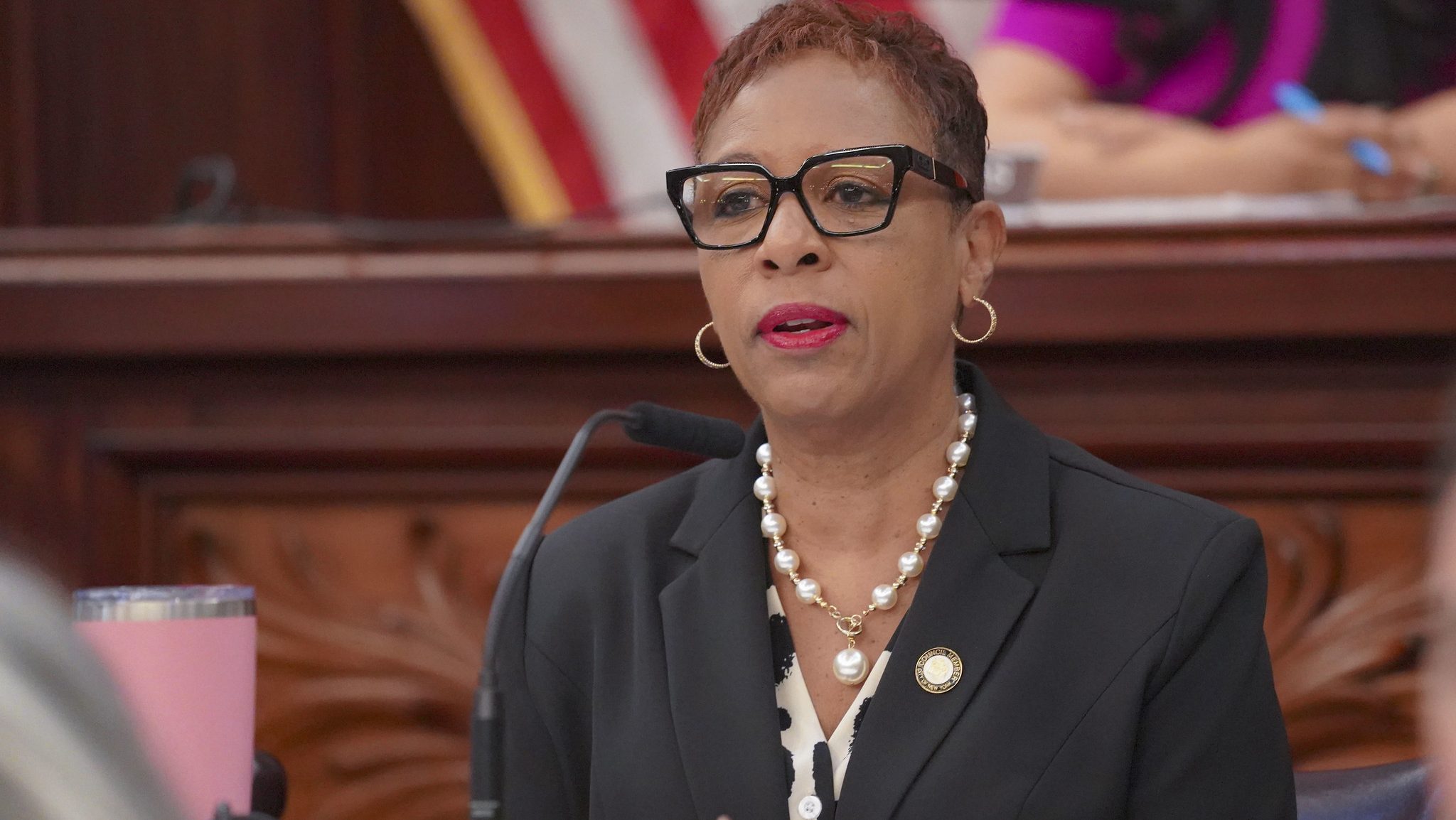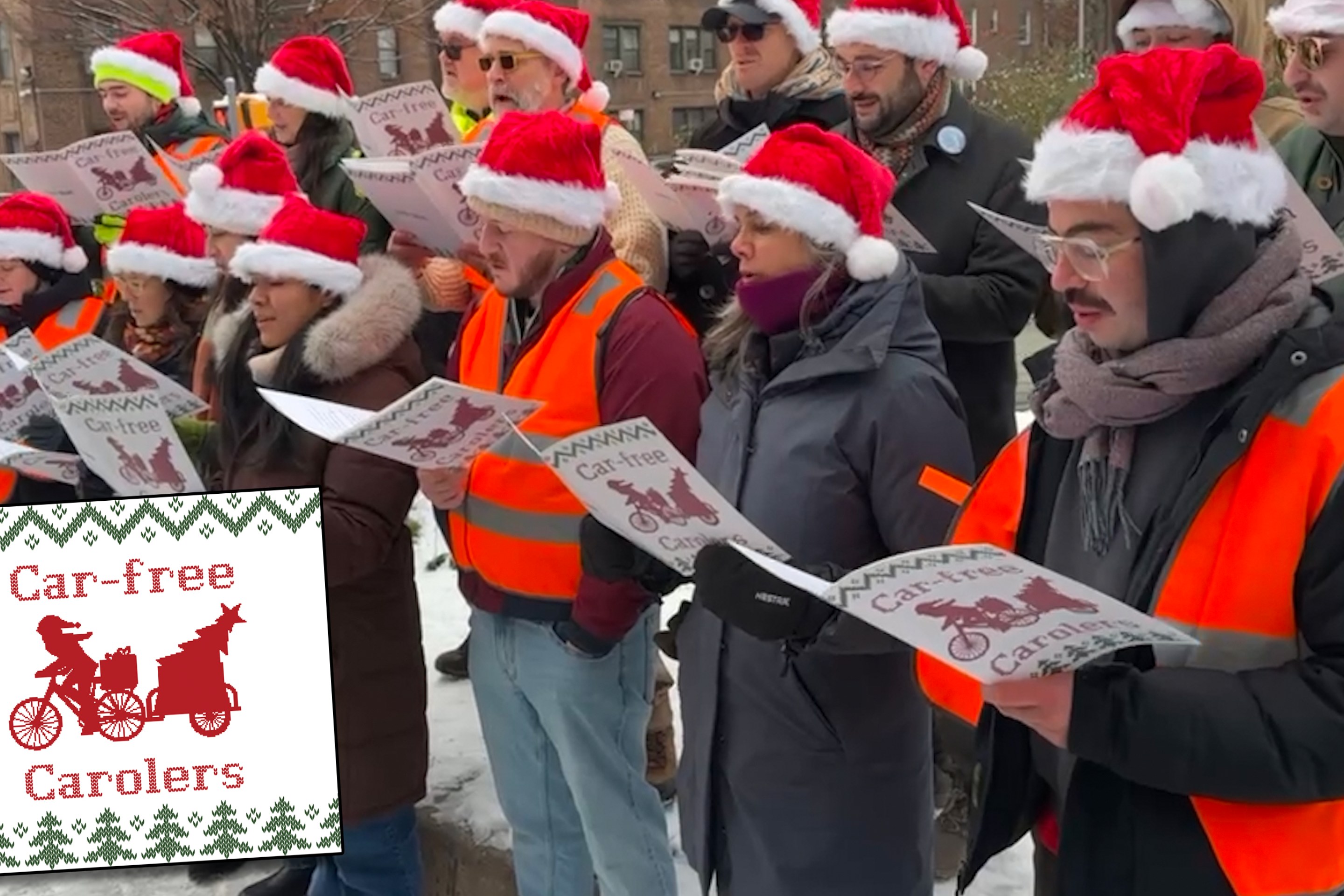So longtime chair James Oberstar is gone from the House Transportation and Infrastructure Committee, and the Republicans in charge now are unlikely to take up a transportation bill as expansive as the one he proposed last year. That doesn’t mean transportation advocates should take the next two years off. In "Moving Past Gridlock: A Proposal for a Two-Year Transportation Law" [PDF], Robert Puentes of the Brookings Institution’s Metropolitan Policy Program argues that there’s a lot to do even in the absence of a long-term reform bill.
The House recently approved a sixth extension of the current transportation law, this one lasting for nine months. Incoming Chair John Mica (R-FL) says he wants to work on a new six-year reauthorization, but there's no reason to believe it'll proceed smoothly without a robust financing mechanism in place. For now, lawmakers can't agree on a way to stabilize the highway trust fund and adequately finance transportation.
If a long-term reauthorization proves impossible, Puentes argues for a deficit-neutral, short-term reauthorization rather than continue with endless extensions. He calls it SAFETEA-TWO.
Why a two-year bill? For one thing, it’s hard for construction projects to move forward with certainty under these short-term, temporary extensions. Contractors and states are timid about undertaking ambitious projects when the future of federal funding isn’t firm.
Another reason boils down to timing. Rep. Jim Oberstar (D-MN) introduced his reauthorization bill to great fanfare in June 2009, but there was no agreement on a funding mechanism, as lawmakers refused to get behind a gas tax increase. They haven’t made any progress on that yet. Puentes hopes that in two years, with the 2012 presidential campaign season behind us and, one hopes, a stronger economy, a gas tax increase might gain traction.
So what can transportation advocates do in the next two years? And what can a SAFETEA-TWO accomplish? Here's what Puentes recommends:
- Model a new evaluation system for project proposals on TIGER, basing awards on merit and performance metrics. Add more transparency and specificity to the process. Make TIGER and the High Speed Rail program permanent.
- Start transitioning from the gas tax to a more direct user fee system, like a Vehicle Miles Traveled (VMT) fee. Support “aggressive research” and development, especially to address concerns about privacy and administering a mileage fee. These issues will take time to iron out, and the next two years are a perfect time to do that work.
- Invest in a strategic framework for multimodal freight movement.
- Establish a national policy for road pricing, including “standard tolling, variable pricing, high occupancy toll lanes, cordon and area-wide schemes.” Remove “archaic” restrictions on interstate tolling and utilitze state-of-the-art toll collection technologies.
- "Help those that help themselves." Offer federal incentives to encourage local self-financing, as we've seen where taxpayers have voted to pay higher taxes to pay for transit improvements.
- Strengthen coordination among financing tools like TIFIA and private activity bonds to ease the process for applicants and embrace more complex and ambitious projects. A unified infrastructure financing system could also set the stage for the transition to a National Infrastructure Bank.
- Expand the use of Public-Private Partnerships with a governmental office designed, not to make decisions about PPP projects, but to provide quality control and technical advice.
- Work on reducing construction delays by instituting rewards for on-time project delivery and forgoing unnecessary environmental reviews (but keeping the necessary ones).
- Allow greater use of federal funds for rail maintenance to address concerns like those expressed by anti-rail politicians in Ohio and Wisconsin about state financial burdens.
- Cut some “legacy” programs, like the half-billion-dollar Appalachian Development Highway System Program, that are redundant with other federal agencies.
Puentes says these interim reforms could pave the way for an ambitious, six-year reauthorization when the political and economic stars are in better alignment than they are now. It’s a roadmap for action at a time when many reformers are throwing up their hands in despair, wondering what can possibly be achieved in the current climate.






